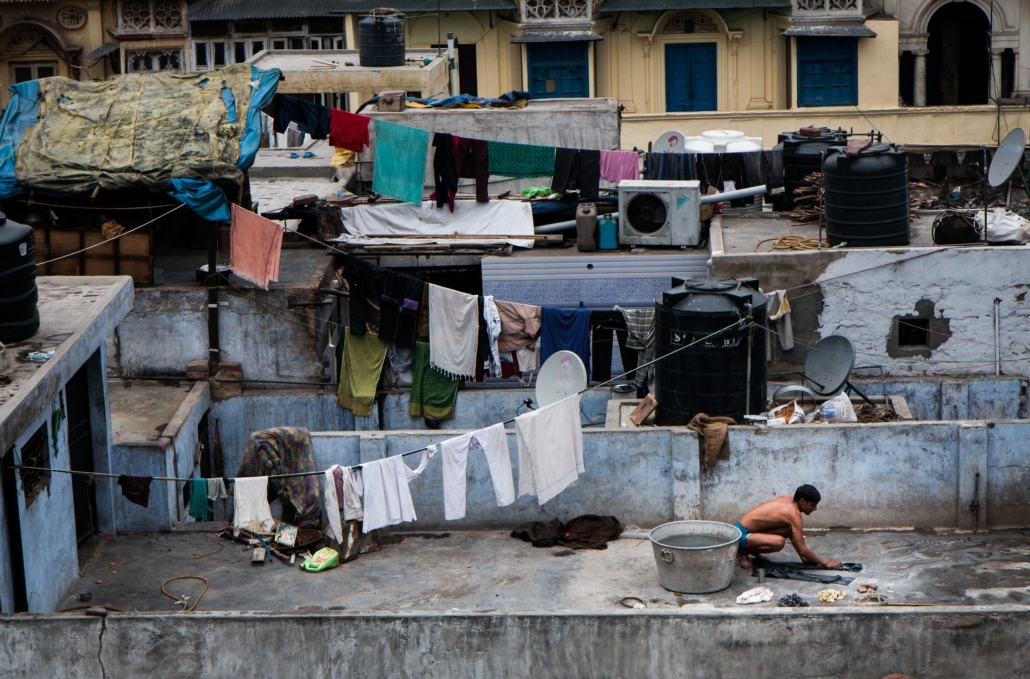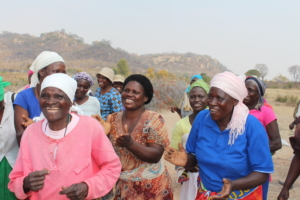
Ongoing trends in the fight against poverty highlight the significance of collaborative global initiatives. Governments, international organizations and the corporate sector are working together to tackle the multifaceted challenges associated with poverty. This unified approach enhances the effectiveness of poverty alleviation efforts.
The Borgen Project supports these joint activities as part of its commitment to fighting global poverty through the passage of foreign aid laws.
The following is a deep dive into the relevance of global collaborations, alongside efforts that are helping to alleviate poverty. These partnerships for global poverty alleviation show the potential of collective action in mobilizing resources and skills to address one of our time’s most important concerns.
United Nations Development Program
The United Nations (U.N.) is a key player in global diplomacy, with 193 member states. The public continues to see it as a central hub for addressing various international issues.
To tackle issues like global poverty, the U.N. approved the Sustainable Development Goals (SDGs), representing the common global commitment to addressing 14 aspects of global poverty, including education, health care and job opportunities.
Present in more than 170 nations and territories, the efforts of the United Nations Development Program (UNDP) have been essential to meeting the challenge of the SDGs.
In addition, the Human Development Index (HDI) which gauges a nation’s overall progress using metrics like life expectancy, education and per capita income, was developed largely due to the influence of UNDP. Many nations’ HDI scores have improved as a result of UNDP’s activities.
In 2022, the U.N. conducted an impact assessment of the SDGs through more than 3,000 scientific studies. The findings indicated that the goals had a substantial impact on political discourse, possibly influenced by the efforts of the United Nations Development Programme (UNDP).
SDGs have had a special ability to connect people with a common goal of eradicating global poverty, and the UNDP has been instrumental in this effort, succeeding in mobilizing $3.8 billion in SDG bonds, raising $1.6 billion to fight the COVID-19 pandemic and giving 71 million people access to essential services in 36 countries. These figures indicate why this is one of the most significant partnerships for global poverty alleviation.
World Vision
Founded in 1950, World Vision is a prominent international humanitarian organization dedicated to alleviating poverty. Operating in nearly 100 countries, World Vision focuses on issues such as child well-being, education, health and economic development. Based on 2022 data, World Vision has sponsored 3.2 million children and helped 3 million people gain access to water.
By quickly responding to emergencies, the organization has been able to “[help] more than 30 million people affected by emergencies,” which ranged from “conflict to cyclones.” World Vision has had a significant influence by changing the lives of vulnerable children and communities, pushing them to pursue a brighter future.
Alliance for a Green Revolution in Africa (AGRA)
Africa is widely recognized for its stunning landscapes and diverse cultures. However, the economic development across the continent lags behind. Among the 46 countries labeled as least developed by the U.N., a significant 33 are from Africa. This poses unique challenges for the region’s progress.
African countries have realized this gap in development and have made admirable progress through several key partnerships. One of these, the Alliance for a Green Revolution in Africa (AGRA), prioritizes small-scale farmers in order to increase agricultural productivity, develop value chains and improve market access.
The organization’s motto emphasizes sustainable growth for Africa’s food systems, a commitment it continues working to uphold. So far, the Alliance has attracted more than $140 million in investments, demonstrating its ongoing dedication to this goal.
By investing in large-scale agriculture, AGRA is able to cut potential losses while encouraging local farmers and providing them with upward mobility. This strategy gives underprivileged African communities the tools they need to end the vicious cycle of poverty.
Gavi, the Vaccine Alliance
Vaccines play a crucial role in fighting health-related poverty and preventing diseases such as polio, tetanus, and influenza.
Since 2000, Gavi, in collaboration with organizations like UNICEF and the World Health Organization (WHO), has prevented more than 17 million disease-related deaths and vaccinated more than 1.8 billion people. More than half of these individuals are children, and they come from 73 different nations. This not only saves lives but also contributes to reducing poverty by boosting economic productivity in these countries.
Looking Ahead
The struggle against worldwide poverty is a multifaceted challenge, intricately woven with the relationships between governments and the private sector. The interconnected dimensions of this issue require collaborative efforts, and the alliances spotlighted so far suggest a significant stride toward making global poverty eradication more attainable for governments and citizens alike.
–Advait K. Mishra
Photo: Wikimedia
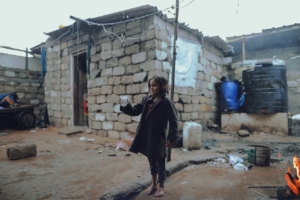
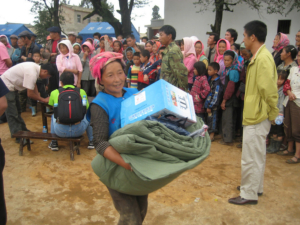 Foreign aid to China has played a crucial role in combating poverty. China stands as a long-term receiver and donor of foreign aid due to its rapidly growing economy and desires to sustain its international power. However, China receives less foreign aid than before due to its current classification as an upper middle-income country, with various international relations implications.
Foreign aid to China has played a crucial role in combating poverty. China stands as a long-term receiver and donor of foreign aid due to its rapidly growing economy and desires to sustain its international power. However, China receives less foreign aid than before due to its current classification as an upper middle-income country, with various international relations implications.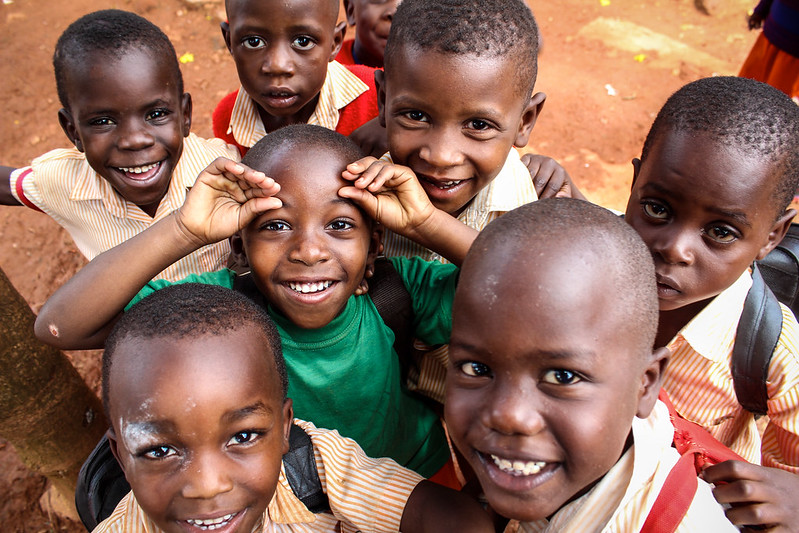 Although global poverty has been trending downwards over the past century, the COVID-19 pandemic caused an unparalleled setback to nations’ efforts to improve the well-being of their citizens. However, governments, NGOs and IGOs alike have created new strategies to get incomes back on track. Here are five trending approaches to alleviating global poverty:
Although global poverty has been trending downwards over the past century, the COVID-19 pandemic caused an unparalleled setback to nations’ efforts to improve the well-being of their citizens. However, governments, NGOs and IGOs alike have created new strategies to get incomes back on track. Here are five trending approaches to alleviating global poverty: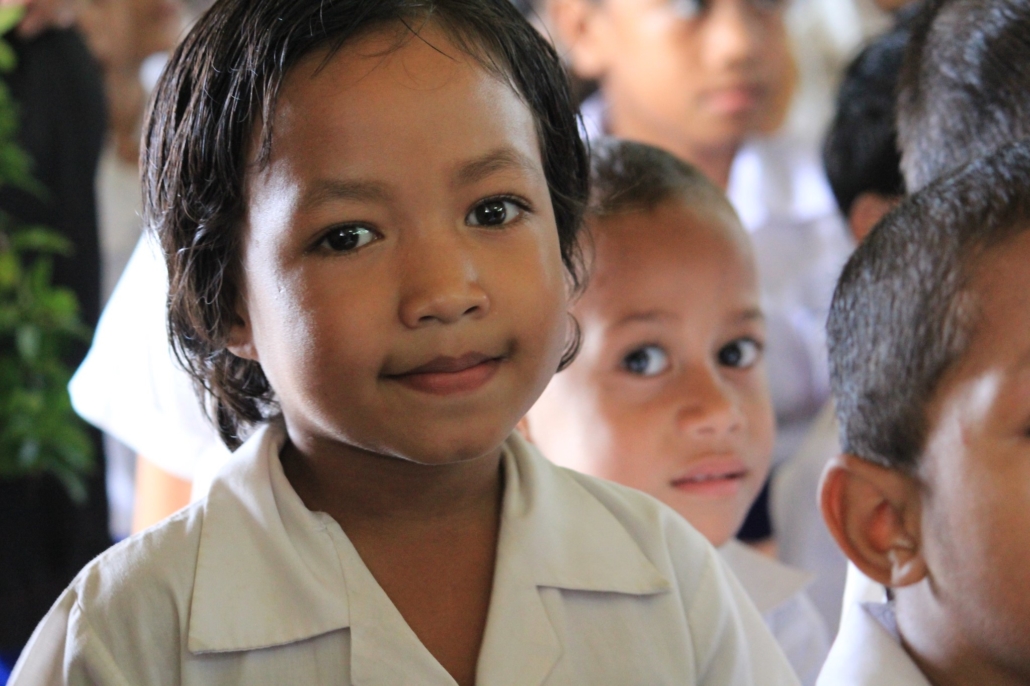
 Jordan, bordered by Saudi Arabia, Iraq, Syria and Israel, is an Arab country in the Middle East. The country is on the East Bank of the Jordan River yet relatively landlocked. It has accordingly received a massive influx of Palestinian and Syrian refugees. Recently, the International Monetary Fund (IMF) in Jordan provided two different forms of economic relief to people in light of the ratio of debt to its gross domestic product (GDP) and the current pandemic. Read more about the IMF in Jordan below.
Jordan, bordered by Saudi Arabia, Iraq, Syria and Israel, is an Arab country in the Middle East. The country is on the East Bank of the Jordan River yet relatively landlocked. It has accordingly received a massive influx of Palestinian and Syrian refugees. Recently, the International Monetary Fund (IMF) in Jordan provided two different forms of economic relief to people in light of the ratio of debt to its gross domestic product (GDP) and the current pandemic. Read more about the IMF in Jordan below. Yemen is
Yemen is 
